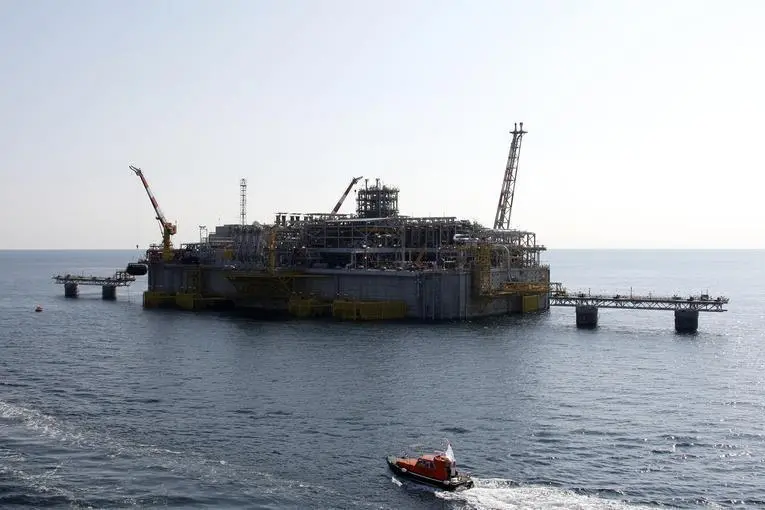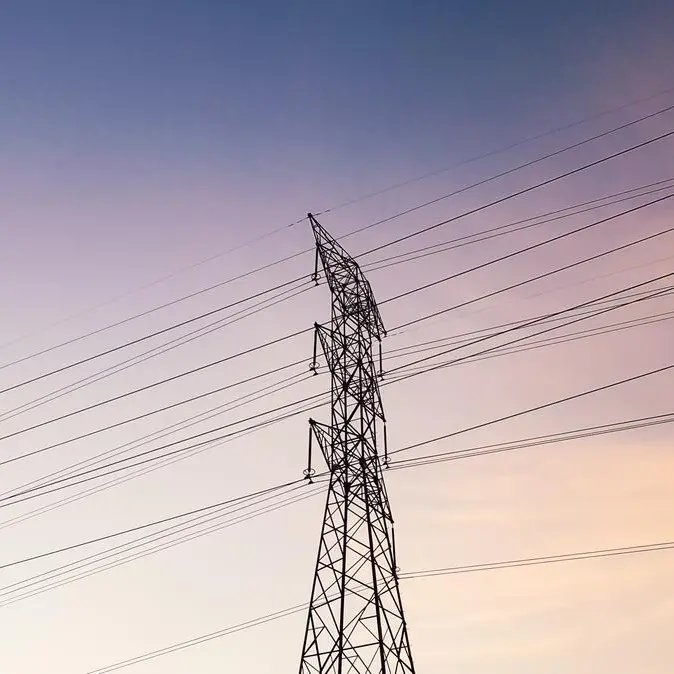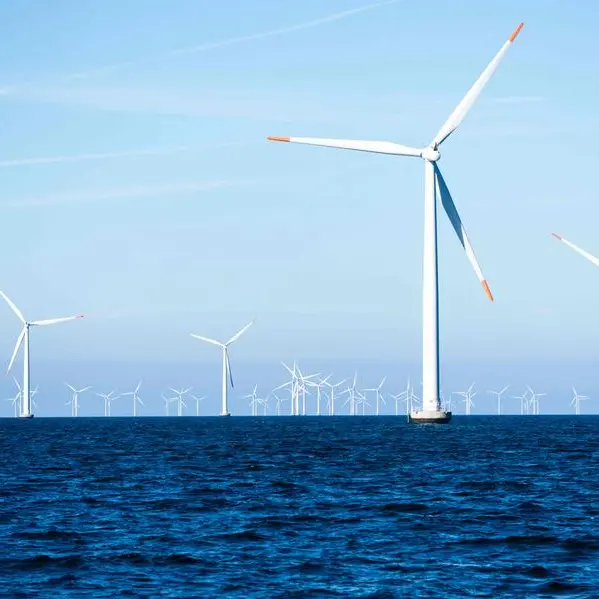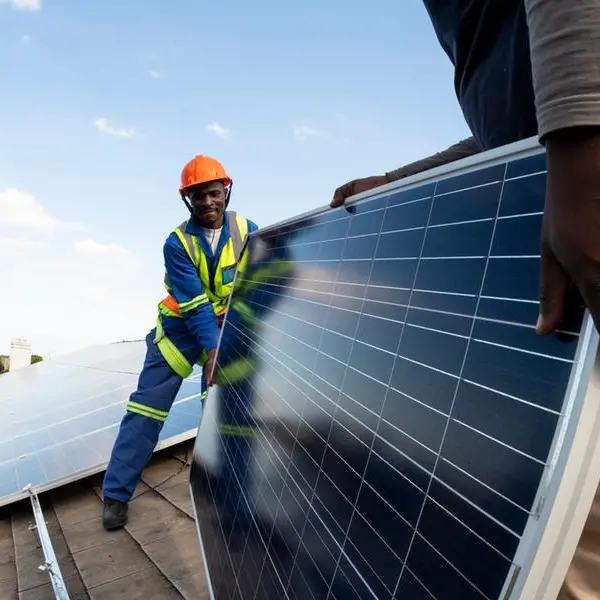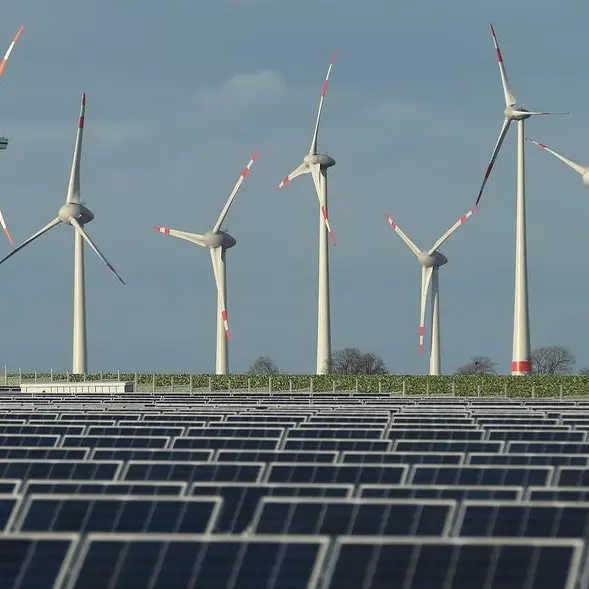PHOTO
Dolphin Energy reduced total energy consumption by 1.7% last year compared to 2021, according to a company report.
In its 14th sustainability report Dolphin Energy said its energy management system guides efforts to drive down direct and indirect energy consumption across its operations.
“In 2022, we reduced total energy consumption by 1.7% compared to 2021, with most of our consumption in upstream operations. We increased electricity generated at our own plant upstream, thus reducing the requirement to import from the grid,” Dolphin Energy noted.
Dolphin Energy’s major strategic initiative, the Dolphin Gas Project, involves the production and processing of natural gas from Qatar’s North Field, and transportation of the dry gas by sub-sea export pipeline from Qatar to the UAE, which began in July 2007.
Since 2016, Dolphin Energy has implemented several initiatives designed to optimise its energy use, save costs, and reduce GHG emissions.
These include replacing super heater coils and evaporators on the Stream 1 Sulfur Recovery Unit (with Stream 2 to be completed this year), eliminating the use of the de-methaniser steam reboiler on Trains 1, 2 and 3, with Train 4 being completed in 2023, replacing upstream plant and administration building lighting with LED lights, installing occupancy sensors for automatic controls, installation of solar power systems in its upstream plant, downstream at the Taweelah Receiving Facility, and along its pipeline network thus reducing grid imported electricity.
In terms of emissions and air quality, Dolphin Energy said managing greenhouse gas (GHG) emissions and other emissions to air is vital to its decarbonisation roadmap and to maintaining clean, healthy air for company employees and communities.
In calculating and reporting its operational GHG emissions, Dolphin Energy follows the European Union Monitoring and Reporting Regulation 2012.
In 2022, Dolphin Energy’s total absolute GHG emissions decreased by 1.2%, thanks to the decrease in its total direct emissions associated with operational activities upstream and downstream. Since our 2010 baseline year of GHG accounting, Dolphin Energy has decreased emissions by 15%, despite business growth.
“Our vision is to manage greenhouse gas emissions in an economically viable and sustainable manner by mitigating potential risks and leveraging opportunities associated with GHG-induced climate change,” Dolphin Energy said.
Environmental Management system is part of the company’s wider Health, Safety, Environment, and Security (HSES) system. It outlines environmental performance standards covering all significant impacts of our operations, promoting continuous improvement.
Dolphin Energy determines its significant impacts on the environment through Environmental Impact Assessments, continuous updates of its environmental aspects and impact registers, and ongoing monitoring and evaluation.
Its environmental performance standards are supplemented by project and operations specific procedures and management plans. Dolphin Energy said it regularly track indicators of environmental performance and progress at our plants, sites, and offices. “Compliance with applicable environmental regulations and legislation in Qatar and the UAE is integral to our daily operations. Our HSES division maintains an internal database of all relevant legislation, regulations, and international conventions ratified by the UAE and Qatar that are relevant to the company’s business activities,” Dolphin Energy noted.
The company said it aims to raise awareness of environmental issues among our employees by issuing tips and bulletins, implementing “green office” initiatives, and participation and volunteering in environmental events.
In 2022, Dolphin Energy participated in Earth Hour, the Qatar National Dialogue on Climate Change (hosted by the Qatar Foundation), and several clean-up campaigns.
© Gulf Times Newspaper 2022 Provided by SyndiGate Media Inc. (Syndigate.info).
